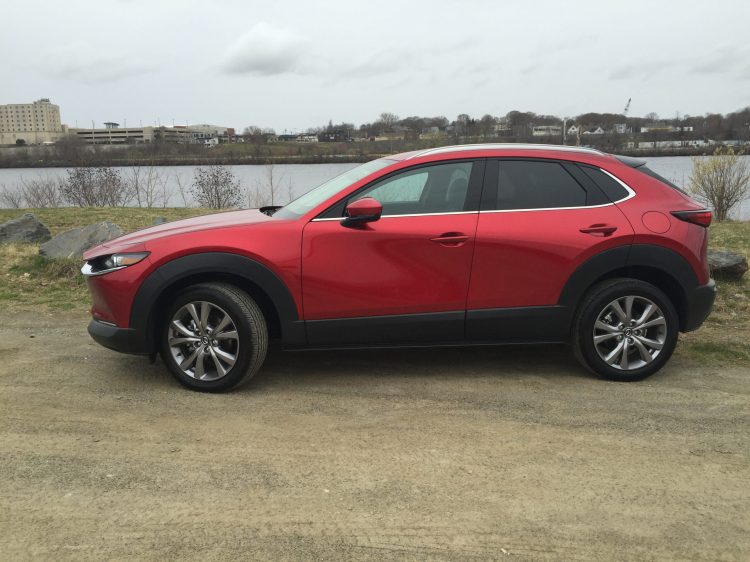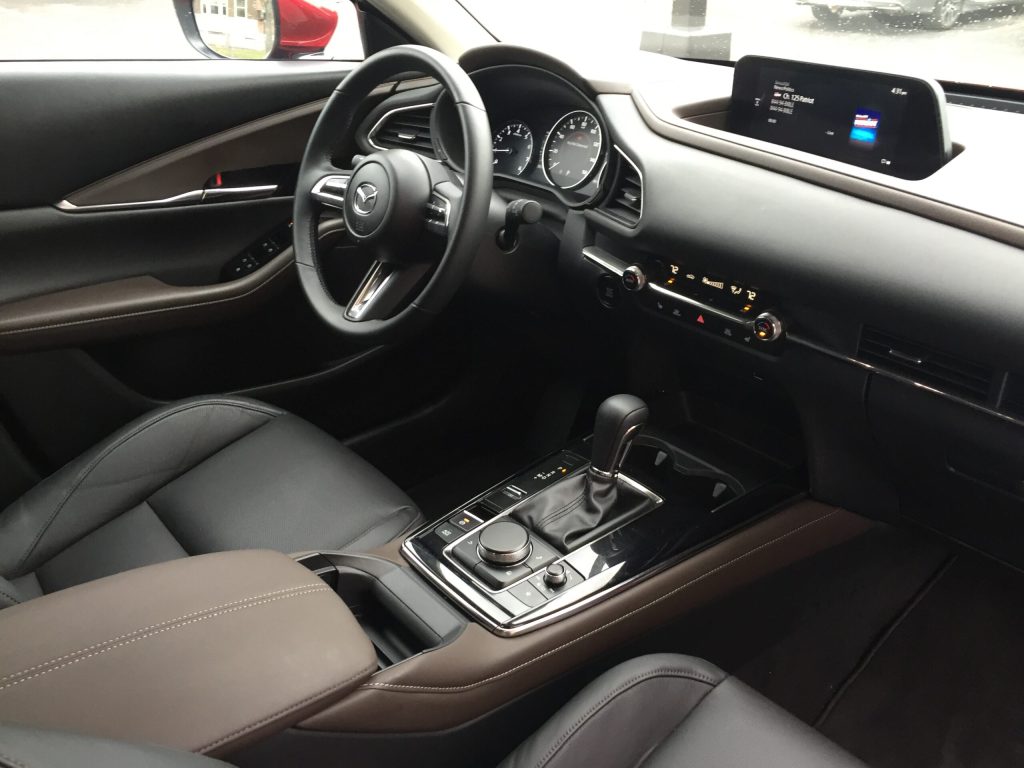Unlike the giants of the auto-industry, Japan’s Mazda has often chosen distinctive product paths quite divergent from customary norms.
Think revolutionary rotary engines—when no one else used this innovative powertrain. Think investing in several small sports cars, like the RX-7, RX-8, and the MX5 Miata while others pursued more main-stream models. Look back at the zoom-zoom ad campaign used to convince buyers that Mazda’s possessed more visceral charm and excitement than their contemporaries. Even now, Mazda has developed SKYACTIV gas-fueled engines, while other automakers devote huge sums to turbocharging small motors, or hybrid and EV development.
During these pursuits, which are certainly not negative, but certifiably different, Mazda has also aligned itself with various partners in the industry to share products and enhance development. A long-term relationship with Ford ended during the last great recession 11-years ago, while Mazda and Toyota have become joined at the hip for various projects now. Many of these shared development projects occur in other countries, where assembly plants are joint-effort facilities.
Shared development might best describe this week’s CX-30 compact-class crossover. Nestling between the sub-compact CX3 and the compact CX5 crossover, the CX-30 shares much of its roots with the redesigned Mazda 3-sedan/hatchback series. Front drive is standard, AWD optional, while a 2.5-liter SKYACTIV 186-hp 4-cylinder provides propulsion.
Visually, the CX-30 is a sleek, upscale-looking five-door hatchback. While its external dimensions place it smack dab between its two siblings, the premium lines and shape, the rich-looking paint, and the comely coupe-like profile all suggest a styling exercise that differs greatly from the practical models with which it shares mechanicals. You will find appeal in the CX-30 for how it looks—as opposed to the more practical crossovers beside it in the showroom.
Practical, no, because the shape of the CX30 exacts compromises in both rear seat passenger space, as well as rear cargo versatility. Even front occupants will notice that the CX-30’s interior is more car-like than crossover-airy—another hint to this vehicle’s shared roots with the 3-series hatchback.
The CX-30 offers a higher hip-point (higher access height for much easier entry and exit versus a car), however the overall height is lower than either the CX3 or CX5. All-wheel drive adds some ground clearance, while subtracting nothing from the inherent ‘zoom-zoom’ driving dynamics familiar to 3-series owners.
The interior continues the premium perception, seen here in Red Crystal Metallic Paint with two-tone leather inside. Textures and surfaces are completely different from the usual plastics and hard materials found in many small cars and crossovers. Indeed, the CX-30 could easily be confused for a small Mercedes inside if you didn’t recognize the badges.
Yet contrasts exist too. Top points for the simple, analog instrument cluster augmented by a heads-up display on the windshield. Elegant knobs and piano-key buttons manage the dual-zone climate system, while a conventional 6-speed automatic handles the shifting chores.
Conversely, a bank of buttons low and to the left of the steering wheel are hard to see, while the large info-entertainment screen is controlled by a single console knob that is easy to manipulate, but requiring too many touches for what should be efficient, intuitive acts.
Mazda has also elected to employ some unusual ‘assists’. The lane-keeping steering assist—active every time you start—intervened during normal driving after discerning that truck-tire skid marks were lane markings, vibrating the wheel, sounding an audible alarm and otherwise alerting you to the hazards of, well, skid marks. The owner’s manual features 118-pages of details on this, and other driving assist features.
The fuel door won’t open with the engine running, an irritant on a cold night. Okay, perhaps safety protection to the extreme, but when this sensor fails, as all of these systems eventually will, do you no longer buy gas, or do you pry the gas door off the car?
CX-30 pricing starts at just $23,000 for base FWD models, climbing to $32,000 for our loaded Premium Package equipped edition with sunroof, heated power leather seating, Bose stereo, AWD, power rear lift gate, navigation and paddle shifters. EPA estimates are 25/32/27-mpg with a realized 28-mpg.
The CX-30 is a classy-looking alternative to the smaller CX3 and a smidge roomier than the 3-series hatchback. And the interior look is decidedly more premium than similarly sized rivals like a Crosstrek. Turbo-power would improve fuel economy and power delivery, yet with AWD, the CX-30 is a solid 12-month snow belt vehicle that looks good during every season.
Send questions/comments to the editors.





Comments are no longer available on this story